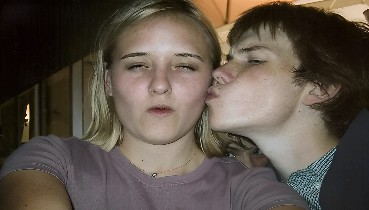
Amazing Nature
12 April 2022 ( 433 views )

Advertisements
European Goldfinch (carduelis carduelis)
The European goldfinch or simply the goldfinch (Carduelis carduelis) is a small passerine bird in the finch family that is native to Europe, North Africa and western and central Asia. It has been introduced to other areas, including Australia, New Zealand and Uruguay.

The breeding male has a red face with black markings around the eyes, and a black-and-white head. The back and flanks are buff or chestnut brown. The black wings have a broad yellow bar. The tail is black and the rump is white. Males and females are very similar, but females have a slightly smaller red area on the face.

The European goldfinch was one of the birds described and illustrated by Swiss naturalist Conrad Gessner in his Historiae animalium of 1555. The first formal description was by Carl Linnaeus in the 10th edition of his Systema Naturae published in 1758. He introduced the binomial name, Fringilla carduelis.

Carduelis is the Latin word for 'goldfinch'. The European goldfinch is now placed in the genus Carduelis that was introduced by the French zoologist Mathurin Jacques Brisson in 1760 by tautonomy based on Linneus's specific epithet.[6][7] Modern molecular genetic studies have shown that the European goldfinch is closely related to the citril finch (Carduelis citrinella) and the Corsican finch (Carduelis corsicana).
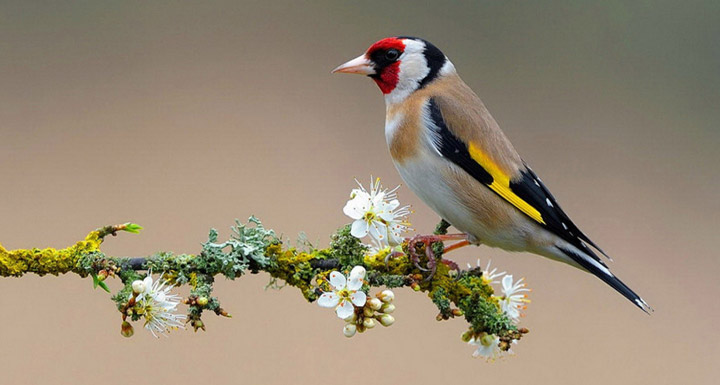
The English word 'goldfinch' was used in the second half of the 14th century by Geoffrey Chaucer in his unfinished The Cook's Tale: "Gaillard he was as goldfynch in the shawe (Gaily dressed he was as is a goldfinch in the woods)".
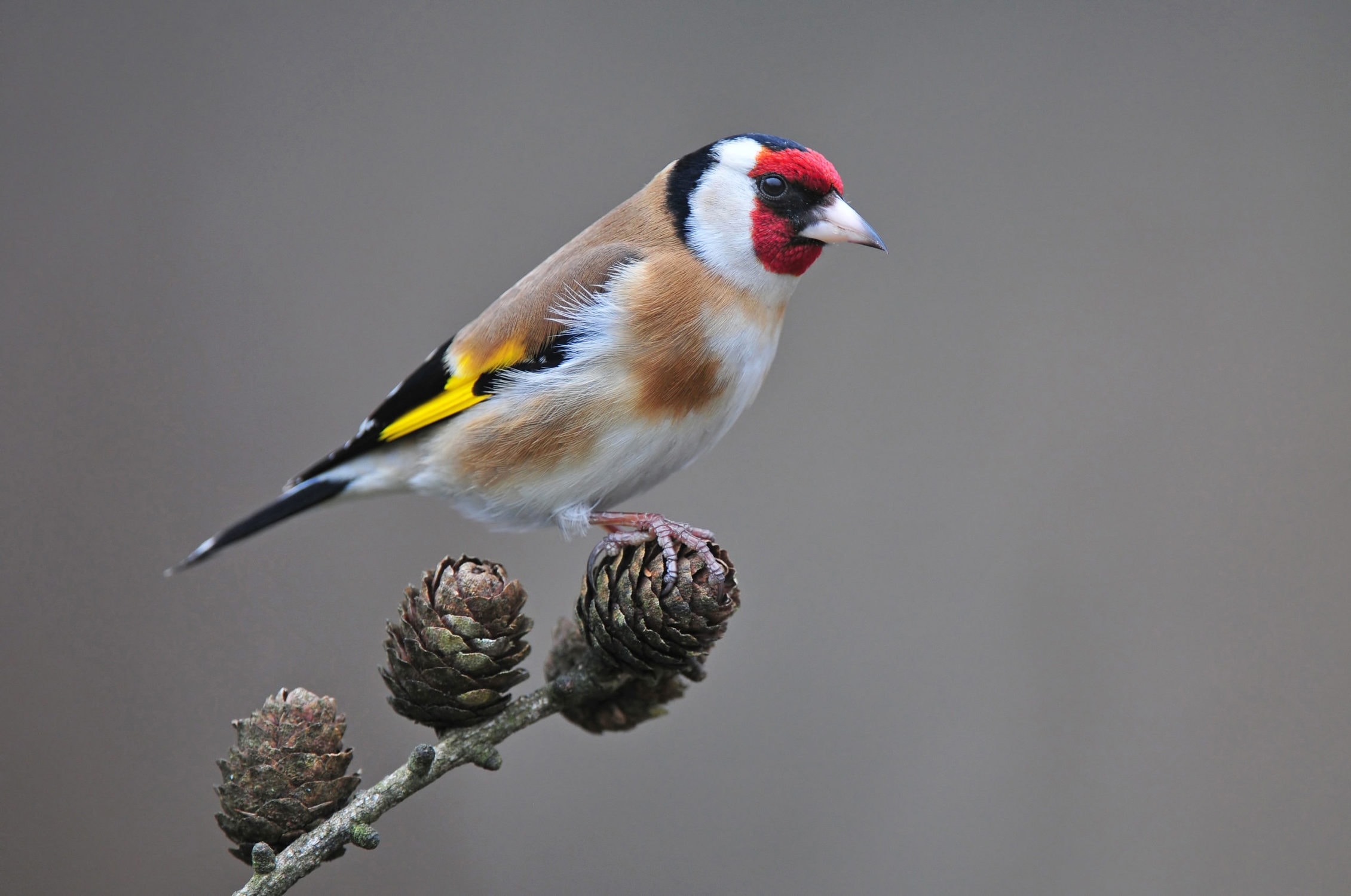
The European goldfinch originated in the late Miocene-Pliocene and belongs to the clade of cardueline finches. The citril finch and the Corsican finch are its sister taxa. Their closest relatives are the greenfinches, crossbills and redpolls.The monophyly of the subfamily Carduelinae is suggested in previous studies.
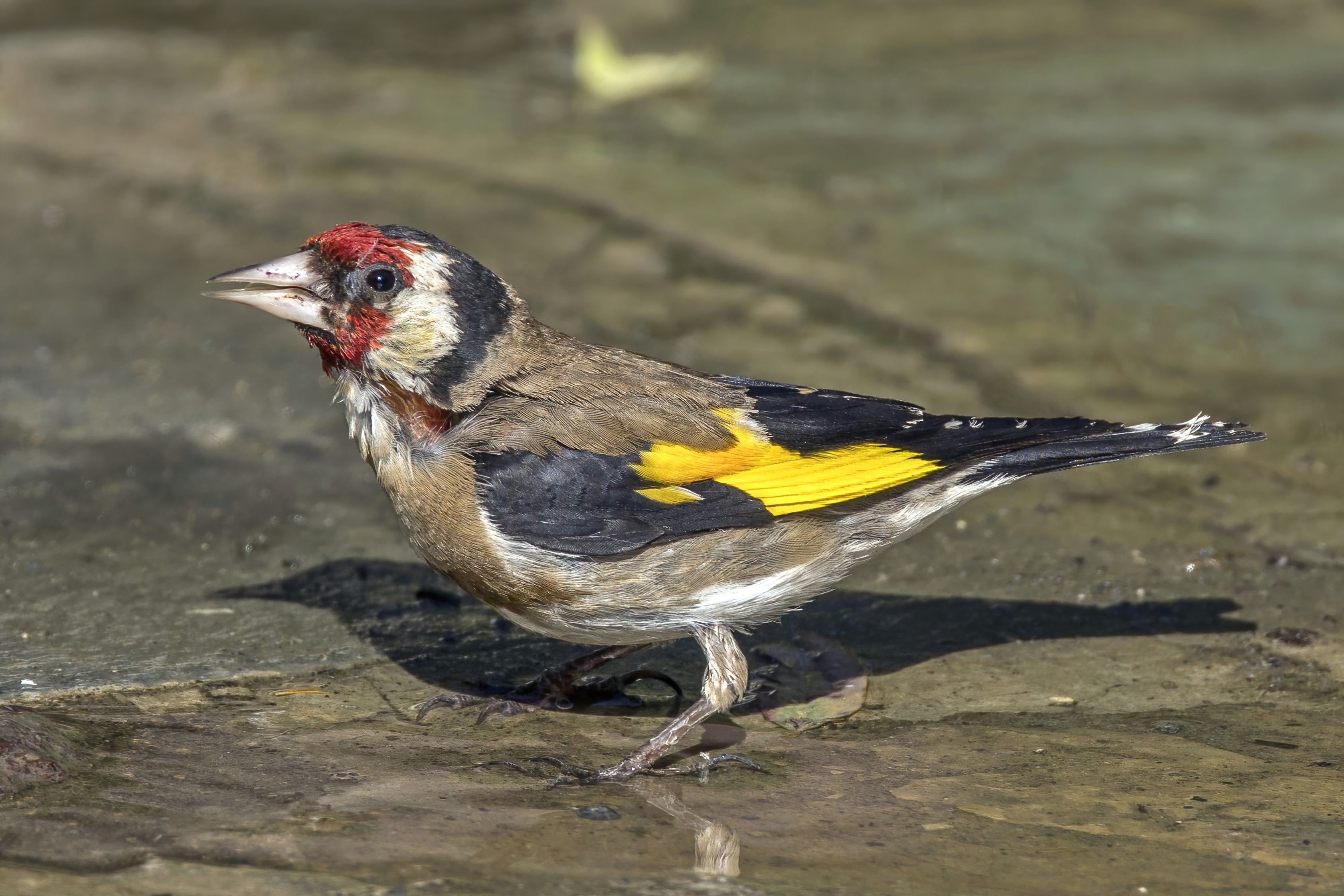
Description
The average European goldfinch is 12–13 cm (4.7–5.1 in) long with a wingspan of 21–25 cm (8.3–9.8 in) and a weight of 14 to 19 g (0.49 to 0.67 oz). The sexes are broadly similar, with a red face, black and white head, warm brown upper parts, white underparts with buff flanks and breast patches, and black and yellow wings.

On closer inspection, male European goldfinches can often be distinguished by a larger, darker red mask that extends just behind the eye. The shoulder feathers are black, whereas they are brown on the female. In females, the red face does not extend past the eye. The ivory-coloured bill is long and pointed, and the tail is forked. Goldfinches in breeding condition have a white bill, with a greyish or blackish mark at the tip for the rest of the year. Juveniles have a plain head and a greyer back but are unmistakable due to the yellow wing stripe. Birds in central Asia (the caniceps group) have a plain grey head behind the red face, lacking the black and white head pattern of European and western Asian birds. Adults moult after the breeding season, with some individuals beginning in July and others not completing their moult until November. After moult birds appear less colourful, until the tips of the newly grown feathers wear away.

The European goldfinch is native to Europe, North Africa, and western and central Asia. It is found in open, partially wooded lowlands and is a resident in the milder west of its range, but migrates from colder regions. It will also make local movements, even in the west, to escape bad weather. It has been introduced to many areas of the world. It was introduced to Bermuda, Canada, the United States, Mexico, Peru, Argentina, Chile, the Falkland Islands, Uruguay, Brazil, South Africa, Australia, and New Zealand in the 19th century, and their populations quickly increased and their range expanded greatly. In Australia, they now occur from Brisbane to the Eyre Peninsula, and are also spread throughout New Zealand. In the United States, they have become established in the western Great Lakes region.
Recommended Videos
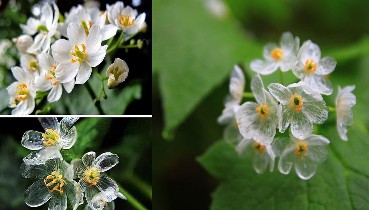 Skeleton flower is a somewhat unusual .886 views
Skeleton flower is a somewhat unusual .886 views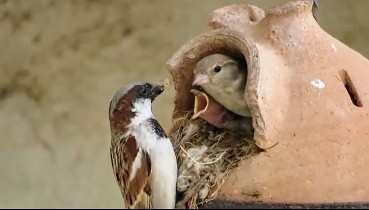 House Sparrows feeding it's Baby birds in nest56 views
House Sparrows feeding it's Baby birds in nest56 views-
Advertisements
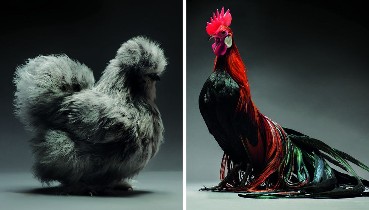 Portraits of Most Beautiful Chickens on the Planet4033 views
Portraits of Most Beautiful Chickens on the Planet4033 views Unique Orange and Black ‘Fox’ Poses for Friendly Photographer153 views
Unique Orange and Black ‘Fox’ Poses for Friendly Photographer153 views 25 Most Beautiful Bird Photography examples and Tips for photographers7457 views
25 Most Beautiful Bird Photography examples and Tips for photographers7457 views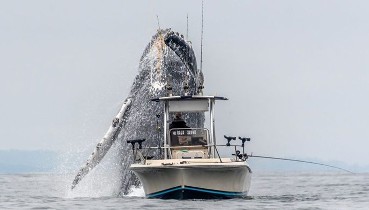 Viral Video Shows A Giant Whale Jumping Next To A Fisherman Taking His Breath Away2090 views
Viral Video Shows A Giant Whale Jumping Next To A Fisherman Taking His Breath Away2090 views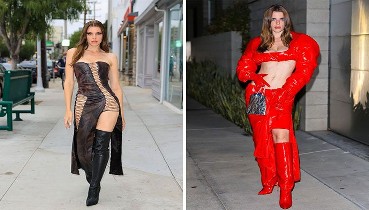 50 Times Dresses Looked So Bad,27098 views
50 Times Dresses Looked So Bad,27098 views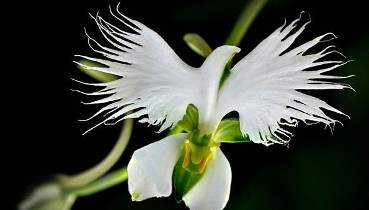 15 Amazing Flowers That Look Like Other Things119 views
15 Amazing Flowers That Look Like Other Things119 views
Advertisements



